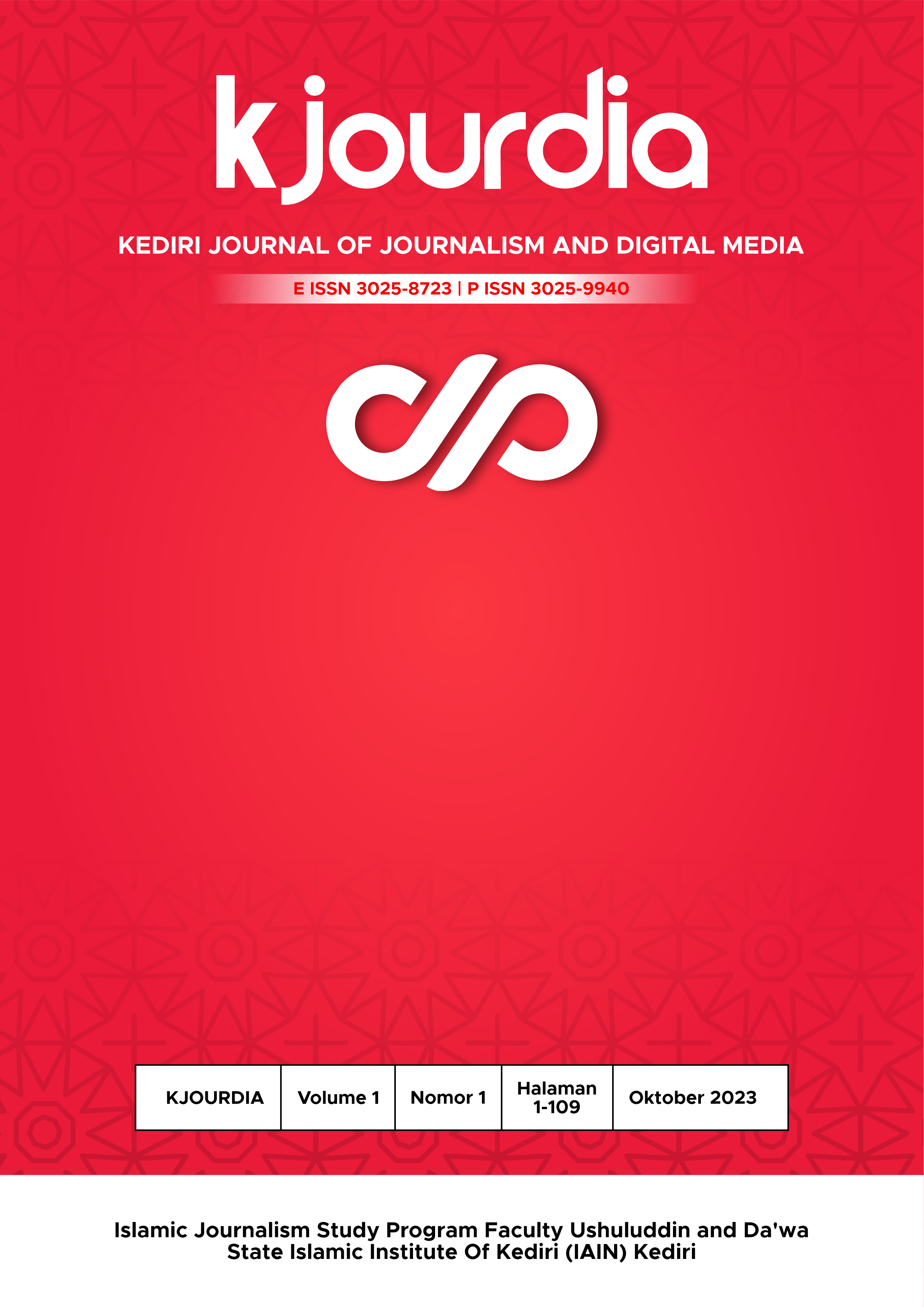Male Entitlement Bagian Stereotipe Gender (Analisis Semiotika)
DOI:
https://doi.org/10.30762/kjourdia.v1i1.1386Keywords:
gender stereotypes, male entitlement, labels, masculinity, femininityAbstract
Gender stereotypes give men a higher position over women. This encourages the behavior of men to feel they have more rights than women and even women, resulting in the discourse of male entitlement. This study aims to analyze the discourse of male entitlement being part of gender stereotypes in one of Gita Savitri Devi's YouTube content. The research method used in this study is Roland Barthes' semiotic analysis in the form of denotations, connotations, and myths in analyzing signs and symbols with a qualitative approach. The results of this study found that male entitlement is part of gender stereotypes. The labeling concept of gender stereotypes results in men having a sense of more rights than women and even women. Men are encouraged to show their strength and power to prove and maintain their position as dominant and superior figures. By finding the main concept of male entitlement in the content, it can be drawn that the discourse of male entitlement is part of gender stereotypes constructed by a patriarchal society. Gender stereotypes create disparities between men and women. This often results in excessive and arbitrary behavior by men against women and even acts of violence.
, , , ,























